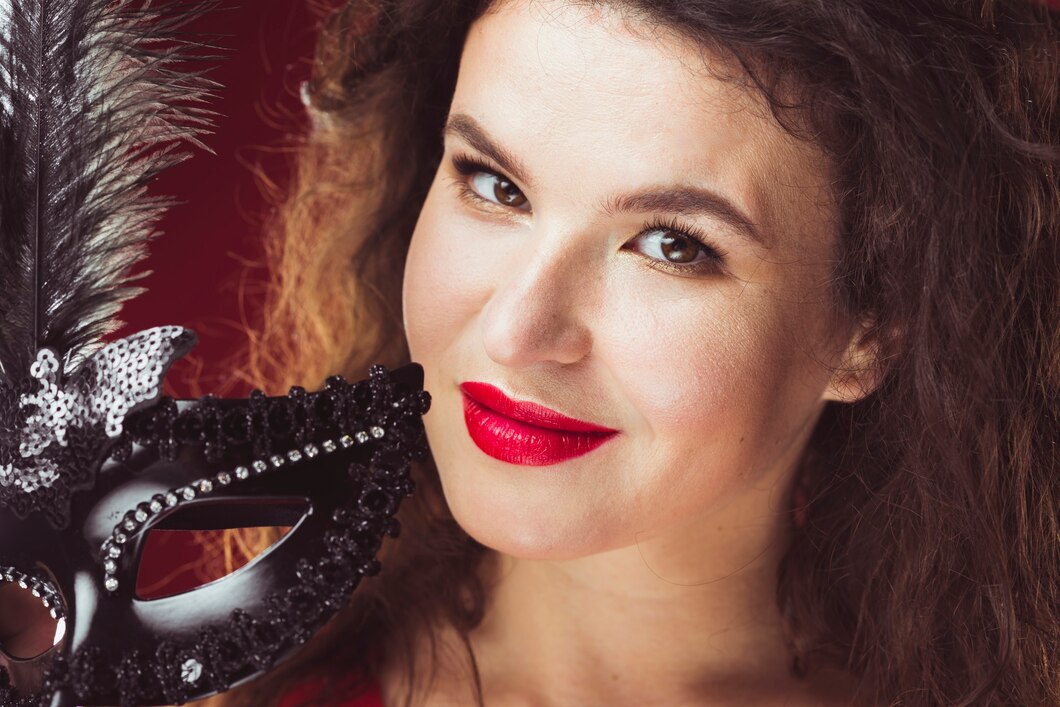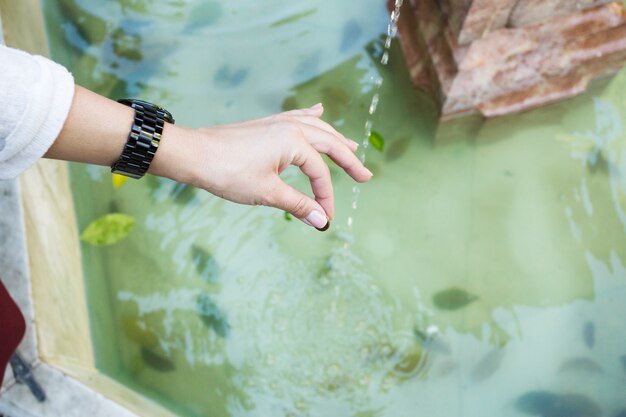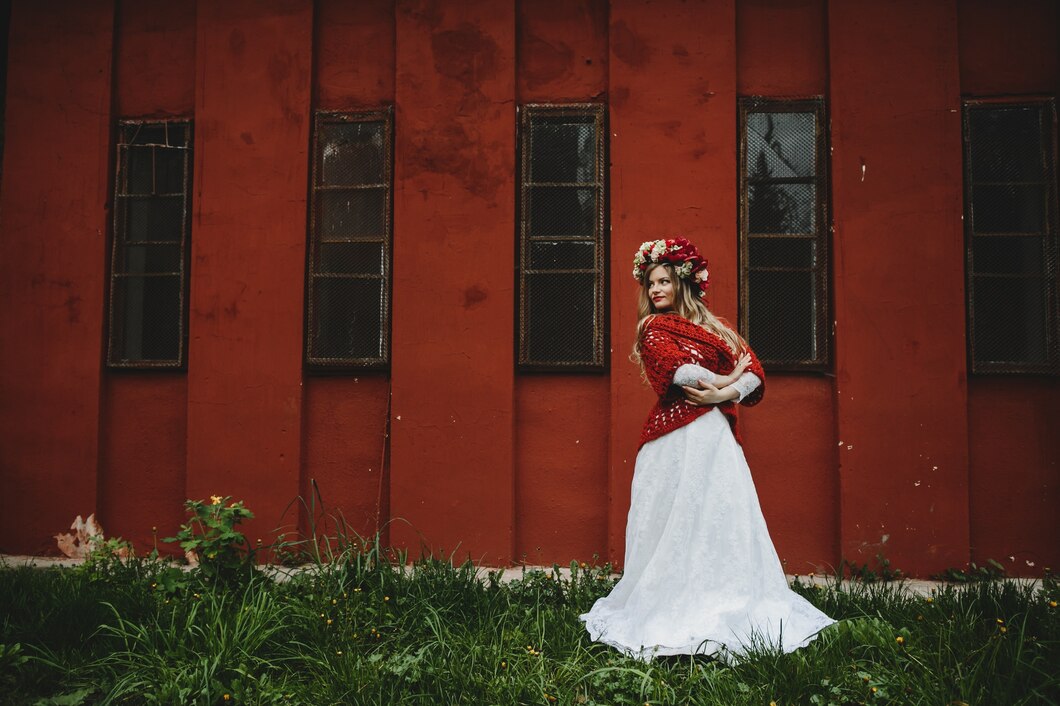In recent years, interest in the concept of “beauties in bondage” has grown both in popular culture and art. For some, this concept revolves around aesthetic expressions, storytelling, and even symbolic meanings, while for others, it taps into deeper psychological or emotional themes. Whether in photography, film, or artistic performances, the theme continues to provoke curiosity and conversation. This article explores the idea of beauties in bondage, its historical significance, artistic representation, and its broader cultural impact.
What is “Beauties in Bondage”?
The term “beauties in bondage” refers to the artistic portrayal or representation of individuals—typically women—who are depicted in a state of physical restraint or confinement. These representations can be found in various forms of art, from classic literature and paintings to modern photography, cinema, and even digital artwork. While some view it as merely a stylistic choice in storytelling, others see it as a commentary on power dynamics, vulnerability, and control.
A Brief History of Bondage in Art and Culture
The idea of bondage has a long-standing place in human history. It has been symbolized in different ways across time:
- Mythology and Ancient Art: In Greek mythology, tales of gods and mortals bound or trapped are common. For example, Andromeda was famously chained to a rock as a sacrifice to a sea monster until she was rescued by Perseus. Artists have long explored such themes in sculptures and paintings.
- The Renaissance Era: During the Renaissance, many artists depicted scenes of bondage as part of religious or mythological tales. These works of art often explored themes of suffering and martyrdom, symbolizing spiritual trials and triumphs.
- Victorian Literature: In the 19th century, Gothic and Victorian literature embraced elements of captivity. Stories of women in distress, trapped by villains or supernatural forces, became central themes in novels, contributing to the growing fascination with power and restraint.
Bondage in Modern Art: Photography, Film, and Literature
In modern times, the portrayal of bondage, particularly in the context of “beauties,” has taken on new meaning. From avant-garde photographers to filmmakers and authors, bondage has been interpreted through various lenses, often exploring themes of vulnerability, strength, and eroticism.
- Photography: Photographers often use bondage as a tool to explore power dynamics or create visually striking images. This genre often focuses on both the physicality and emotional undertones of restraint. Some may argue that this type of photography is empowering, while others feel it perpetuates objectification.
- Film: Many directors have used bondage as a visual metaphor in films. Scenes where characters are bound or trapped serve as powerful narrative tools that can create suspense, highlight vulnerability, or showcase power struggles between individuals.
- Literature: In literature, stories involving beauties in bondage are often found in the fantasy and gothic genres. These stories frequently explore deeper psychological themes, including submission, control, and liberation.
The Cultural Influence of Bondage Imagery
While bondage imagery is often associated with erotica, its cultural impact extends far beyond that. The concept of confinement and liberation speaks to broader human experiences, including emotional or societal constraints. Many artists and creators utilize bondage as a way to symbolize struggle, strength, and transformation.
For example, modern interpretations of bondage in art often seek to question traditional gender roles. In some cases, bondage is used as a commentary on the restrictions that society places on women. For others, it can represent the release of control, whether emotional, physical, or psychological.
Is Bondage Representation Empowering or Objectifying?
The portrayal of “beauties in bondage” is often a controversial topic. Some argue that the theme empowers the subject, offering a platform for individuals to express vulnerability and strength simultaneously. Others, however, believe that the representation of bound women perpetuates harmful stereotypes and objectifies the female body.
- Empowerment: Many artists and individuals argue that bondage, when done consensually or represented thoughtfully, can be a form of empowerment. It allows individuals to take control over their image and explore complex emotions, such as trust and surrender, in a controlled environment.
- Objectification: On the other side, critics claim that bondage imagery reinforces patriarchal ideas, reducing women to passive objects of desire or subservience. They argue that portraying women in states of restraint only further deepens their portrayal as powerless or in need of rescue.
Consent and Representation in Bondage Art
A key element when discussing bondage art is the question of consent. In a world where issues like body autonomy and consent are becoming central in discussions about relationships, power, and art, it’s important to differentiate consensual representation from exploitative imagery.
In consensual art, where the subject agrees to participate, the dynamic changes. The person being portrayed is in control of their narrative and the way they are seen by the audience. This shifts the conversation from objectification to personal expression and empowerment.
How Bondage Themes Are Addressed in Popular Culture
Popular culture has embraced bondage themes in several ways, particularly in the realms of fashion and music. Performers and fashion icons, such as Madonna or Rihanna, have incorporated bondage-inspired outfits into their performances, making bold statements about power, control, and independence.
Similarly, films like Fifty Shades of Grey brought the discussion of BDSM (Bondage, Discipline, Dominance, Submission) into the mainstream, sparking debates about its influence on relationships and society.
The Future of Bondage in Artistic Expression
As society continues to evolve, the portrayal of bondage in art and culture is also changing. There is a growing focus on responsible and consensual representations of bondage, which prioritize the autonomy of the subject. Many artists today aim to subvert traditional narratives of power and control, presenting bondage as a form of liberation, rather than oppression.
The future of bondage in art is likely to continue evolving, with more creators pushing boundaries and exploring the complexities of human emotion, power dynamics, and societal expectations through this provocative theme.
Conclusion
The concept of beauties in bondage offers an intriguing glimpse into the intersection of art, culture, and psychology. While it may be a controversial topic, it is also one that continues to inspire artists and captivate audiences. Whether viewed as empowering or objectifying, bondage has long been a subject that prompts us to reflect on our ideas of freedom, power, and control. As with any artistic expression, the key lies in how it’s presented, the intentions behind it, and the meaning it conveys to the audience.
In exploring beauties in bondage, we uncover not just a visual or emotional experience but also a deeper conversation about autonomy, vulnerability, and strength in modern art and culture.










